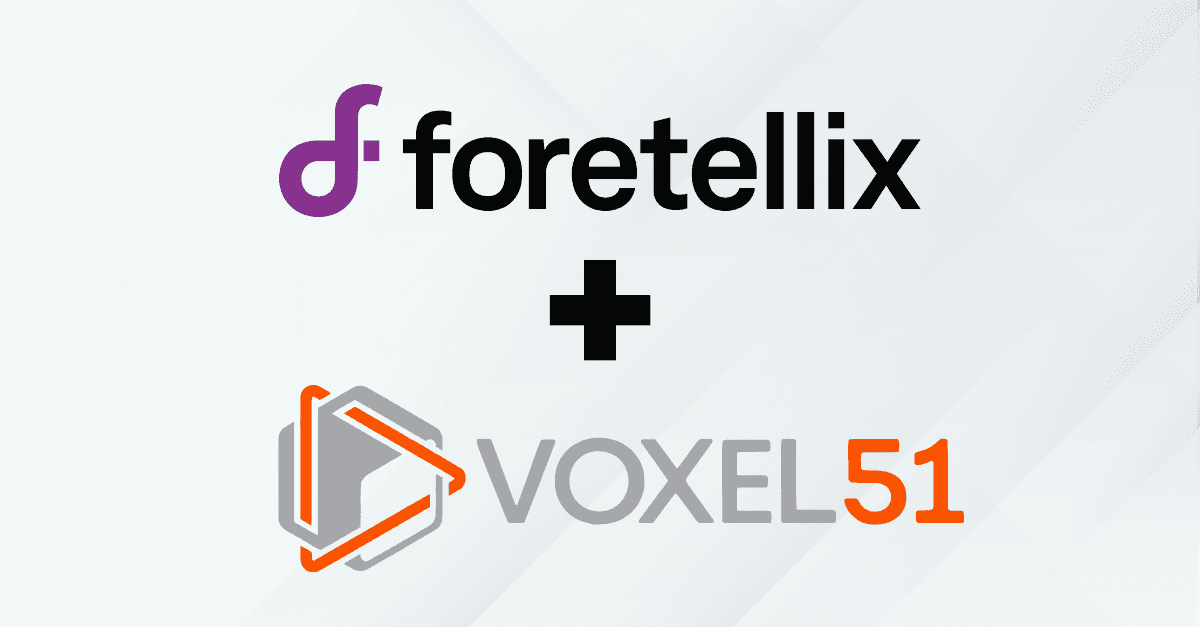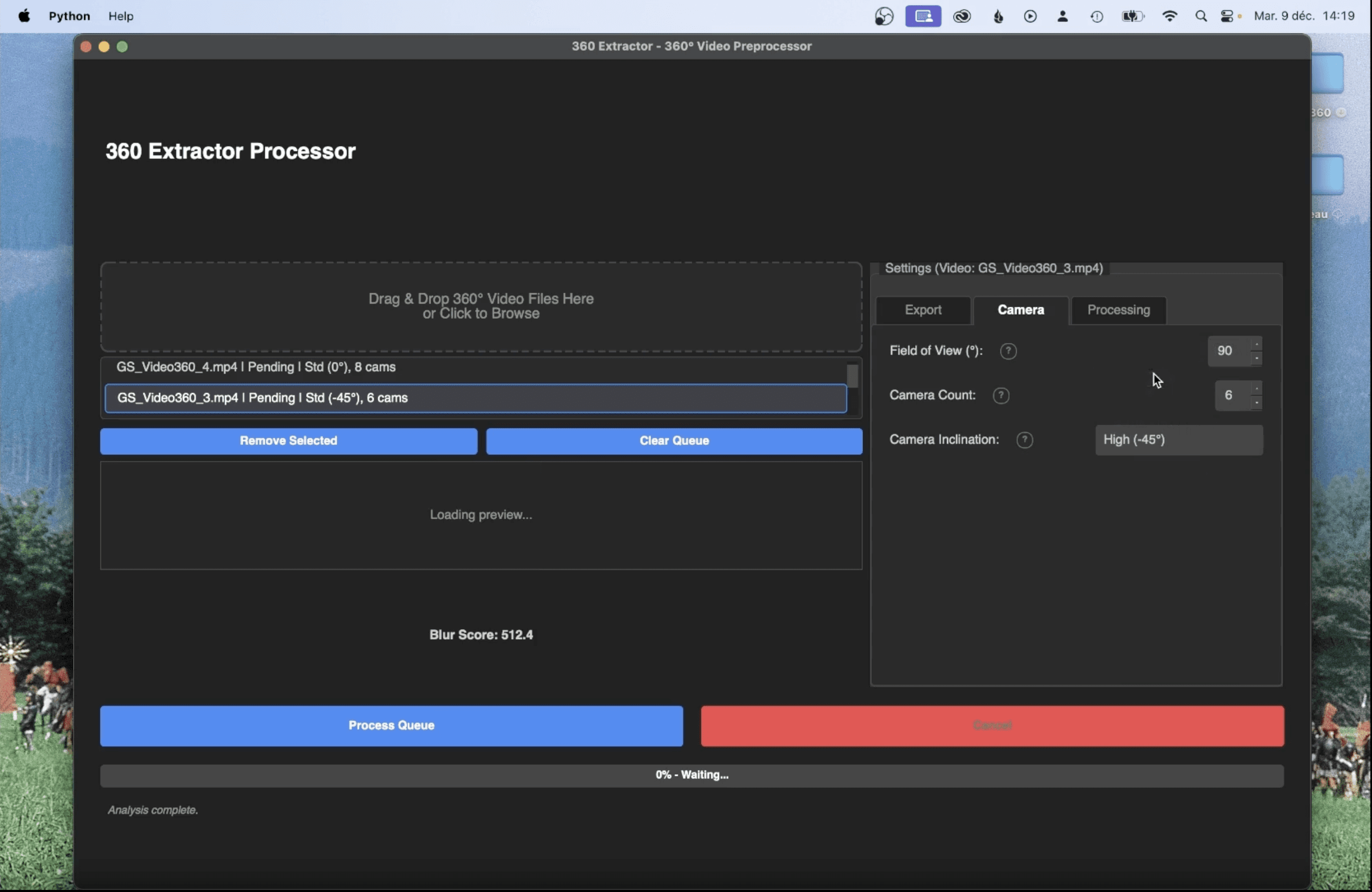
Michael Rubloff
Oct 5, 2025
Anyone who has created a gaussian splatting (3DGS) reconstruction is probably aware that that even the best reconstructions can come with a bit of visual clutter in the form of stray floaters. PointNuker is a new GUI tool built to deal with exactly that. It offers a visual workflow for refining splats after training, helping you remove unwanted artifacts while keeping the visual fidelity of the scene.
PointNuker combines a cluster based filtering system, using DBSCAN, with a structured multi step cleaning pipeline. You load your .ply file, preview the reconstruction, and start cleaning interactively. Every change is visible in real time, making it easy to isolate the main subject and remove the rest without second guessing what’s happening under the hood.
The cleaning process itself is built around a few essential stages. You can start by detecting the main cluster through DBSCAN, adjusting the eps and min_points parameters until the unwanted fragments disappear. From there, you move through traditional point cloud refinement methods such as radius and statistical outlier removal, which smooth out irregular density and eliminate isolated points. For fine control, an axis aligned bounding box crop lets you manually trim the remaining edges or isolate specific parts of the scene.
PointNuker also offers a dedicated 3DGS Mode preserving the 1:1 mapping between the cleaned and original dataset, including spherical harmonics, opacity, and scale. It ensures that what you see and edit remains a lifelike representation rather than a simplified or lossy version.
The built in real time viewer allows you to toggle between the original, current, and cleaned versions of your cloud, letting you verify what’s changed before committing to a save. Once satisfied, you can export with GS-safe saving, a mode that retains all the parameters while giving you the option to also produce lightweight Open3D compatible files for quick previews.
PointNuker runs on Python 3.8 or later and uses only a few common libraries like Open3D, NumPy, and Plyfile, with optional support for ttkbootstrap to give the interface a more polished look. After setting up a small environment, you can launch the app with a single command or point it directly to a file to auto load a point cloud on startup.
Having more tools to bring out clean captures will go a long way to ensuring that people get the most lifelike results from their reconstructions. For anyone working with the radiance field representation, it’s a small utility that makes a big difference. PointNuker is available for free with an MIT License from their GitHub page.







